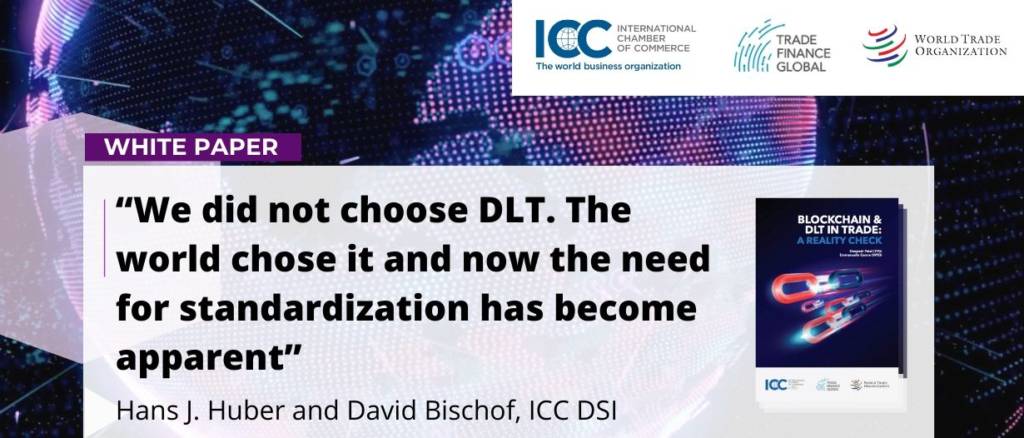While Bitcoin and other associated cryptocurrencies have long been the face of blockchain, many other applications have sprung out of the decentralized, distributed public ledger technology. One such use is tokenization, a concept with the potential to solve many trade financing problems that exist for businesses. But is tokenization purely conceptual? Or, will it change the trade financing industry as we know it? To find out, we first need to understand what tokenization is, and to get a clear picture of tokenization, we need to understand what blockchain is.
Separating the ‘block’ from the ‘chain’
In a nutshell, blockchain is a network (chain) of computers that all have the same history of transactions (blocks). This list of transactions is held on every computer, and every transaction gets validated by every computer. In other words, it’s public, decentralized and distributed, so the records can’t be tampered with, making it an extremely secure ‘backbone’ for record-keeping applications. This is where tokenization comes in.
Built on this extremely trustworthy ‘backbone’, blockchain can be developed, modified and applied to a wide variety of different elements that serve as ‘tokens’, which can be used as a utility token for things like payments, (like Bitcoin), or can be used to back assets, also known as security tokens. Participants within this network use the blockchain as a public ledger to keep track of the distribution and exchange of those tokens.

Tokenization and Trade Finance
In the context of trade financing, tokenization has the potential to solve many problems; among these the creation of ‘smart’ contracts, shipment tracking, and buyer confirmations. But one of the biggest problems it could solve is in freeing-up liquidity when it comes to non-liquid assets, like unpaid invoices.
Late, or unpaid invoices are a huge pain point for businesses both large and small, but are especially painful for small to medium sized businesses (SMBs). The numbers back this up too, with one in five SMBs failing to survive past their first five years, citing unpaid invoices as the number one reason for failure[1]. If tokenization is all it’s cracked up to be, it could be a game-changer for these struggling SMBs. But what would that look like?
Essentially, the use of tokens to represent assets – or unpaid invoices – on a blockchain would mean that banks are no longer required to loan money against invoices. Instead, the invoices would be turned into tokens, which could open up financing options for SMBs, as anyone – not just banks – could participate in the purchase and trade of these tokens. Because blockchain is essentially tamper-proof, there would be a clear record of all purchases, which would serve as a layer of security for those purchasing.

A sky-high concept?
While fantastic in theory – especially for SMEs – the question has to be asked: is this realistic? or is it purely conceptual?
Luckily, it is realistic, and we’re already starting to see the frameworks for tokenization in trade finance emerge in the form of invoice financing marketplaces. While not yet open to the public, these marketplaces maintain integrity not only by using blockchain to keep records of all transactions, enabling a single source of data truth, but also ensure quality by pre-vetting the funders who bid on these invoices. Furthermore, they enable SMBs to secure the best possible rates, thanks to the competitive nature that marketplaces encourage, while also enabling those outside of banks to finance invoices and make a return.
While tokenization of trade finance is not yet easily accessible to the public, it’s starting to cross the line from concept to reality. As more and more businesses realize the benefits of utilizing blockchain and tokenization within their trade finance practices, it’s likely within the next few years blockchain will transform the way businesses – both large and small – approach trade finance.

































